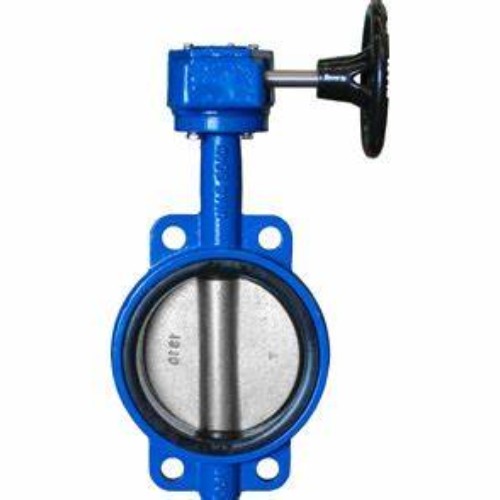Flexible Rubber Hose Connection Coupling for Efficient Pipe Joint Applications
Understanding Rubber Pipe Joint Coupling A Comprehensive Overview
In the vast world of plumbing and HVAC (heating, ventilation, and air conditioning), the integrity and effectiveness of piping systems are crucial for optimal performance. One of the key components that ensure seamless connectivity and flexibility in pipe systems is the rubber pipe joint coupling. This article delves into the benefits, applications, and types of rubber pipe joint couplings, highlighting their significance in various industrial and domestic settings.
What is a Rubber Pipe Joint Coupling?
A rubber pipe joint coupling is a flexible connector used to join two sections of pipe together. Typically made from high-quality rubber, these couplings are designed to accommodate slight misalignments in piping systems while providing an effective seal to prevent leaks. They are available in various sizes and configurations to fit different piping systems, ranging from small household plumbing to large industrial applications.
Benefits of Rubber Pipe Joint Couplings
1. Flexibility and Misalignment Tolerance One of the standout features of rubber couplings is their ability to handle misalignments and vibrations. Unlike rigid connections, rubber couplings can absorb shock and movement, making them ideal for dynamic environments where pipes may expand, contract, or shift.
2. Ease of Installation Rubber couplings are generally straightforward to install, requiring minimal tools and equipment. Many designs feature clamp-style fittings that can be tightened easily, allowing for quick and efficient connections.
3. Corrosion Resistance Rubber is inherently resistant to many types of corrosion, making these couplings suitable for a wide range of media, including water, wastewater, and various chemicals. This property extends the life of the couplings and reduces maintenance costs.
4. Reduced Sound Transmission The flexible nature of rubber helps to dampen noise produced by the flow of fluids through pipes. This feature is particularly beneficial in residential settings or areas where noise reduction is a priority.
5. Cost-Effectiveness Compared to other types of couplings made from metal or rigid materials, rubber couplings often present a more economical option. Their durability and low maintenance make them a cost-effective choice for both short-term and long-term applications.
Applications of Rubber Pipe Joint Couplings
Rubber pipe joint couplings are employed across a multitude of industries
rubber pipe joint coupling

- Plumbing In residential and commercial plumbing, these couplings are used to connect various pipes, including those made from PVC, cast iron, and steel.
- HVAC Systems In HVAC applications, rubber couplings facilitate the connection of ductwork and piping, allowing for necessary adjustments while maintaining a secure seal.
- Water Treatment In water treatment facilities, rubber couplings are crucial for connecting pipes that transport treated and untreated water, ensuring a leak-free environment.
- Industrial Applications Numerous industries, including food processing, pharmaceuticals, and chemicals, utilize rubber couplings to connect pipes in systems where flexibility and resistance to corrosive substances are essential.
Types of Rubber Pipe Joint Couplings
There are several types of rubber pipe joint couplings to choose from, each designed for specific applications
1. Flexible Rubber Couplings These are commonly used for joining pipes that may not be perfectly aligned. They typically feature two clamps and a rubber sleeve that accommodates slight variations in pipe positioning.
2. Saddle Couplings Ideal for quickly connecting a new pipe to an existing line, saddle couplings are designed with a built-in saddle that sits over the existing pipe, providing a stable connection.
3. Expansion Joints These are specialized couplings that allow for thermal expansion and contraction. They are especially useful in long piping runs where temperature fluctuations can lead to significant movement.
Conclusion
Rubber pipe joint couplings play a pivotal role in the efficiency and reliability of various piping systems. With their flexibility, ease of installation, and corrosion resistance, they are indispensable in both residential and industrial applications. Understanding the benefits and types of rubber couplings can help in selecting the right product for a given project, ensuring that pipe connections remain secure, functional, and long-lasting. Whether in plumbing, HVAC, or industrial settings, rubber pipe joint couplings undoubtedly enhance the effectiveness of fluid and air transport systems.
-
The Key to Fluid Control: Exploring the Advantages of Ball Valves in Industrial SystemsNewsJul.09,2025
-
The Versatile World of 1, 2, and 3 Piece Ball ValvesNewsJul.09,2025
-
Stainless Steel Ball Valves: The Ideal Choice for Efficient Flow ControlNewsJul.09,2025
-
Optimizing Fluid Control with Ball Float ValvesNewsJul.09,2025
-
Manual Gate Valves: Essential for Control and EfficiencyNewsJul.09,2025
-
Everything You Need to Know About Butterfly ValvesNewsJul.09,2025
-
The Versatility of Wafer Type Butterfly ValvesNewsJul.08,2025




